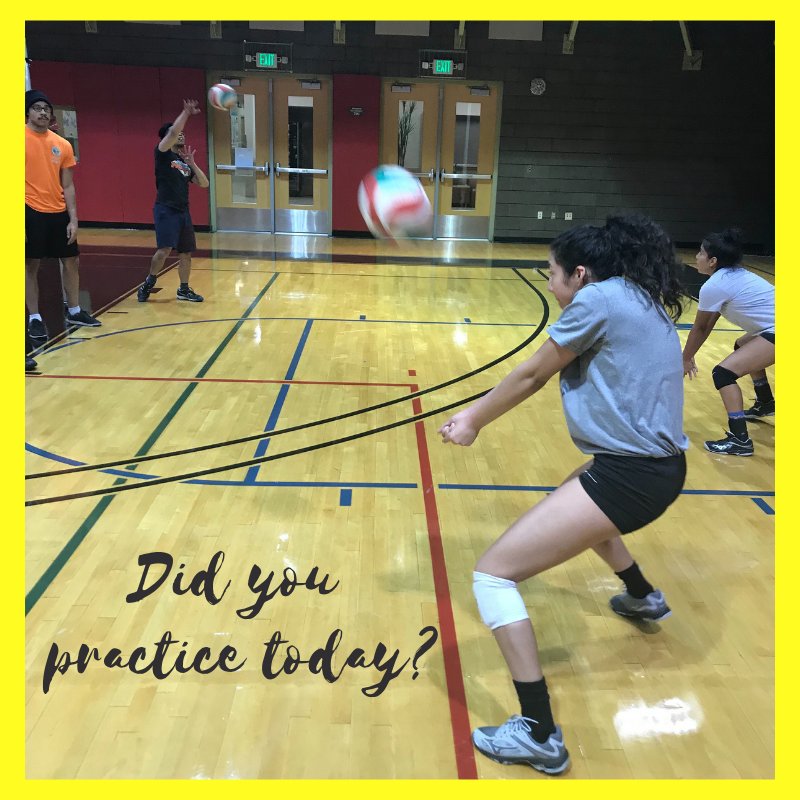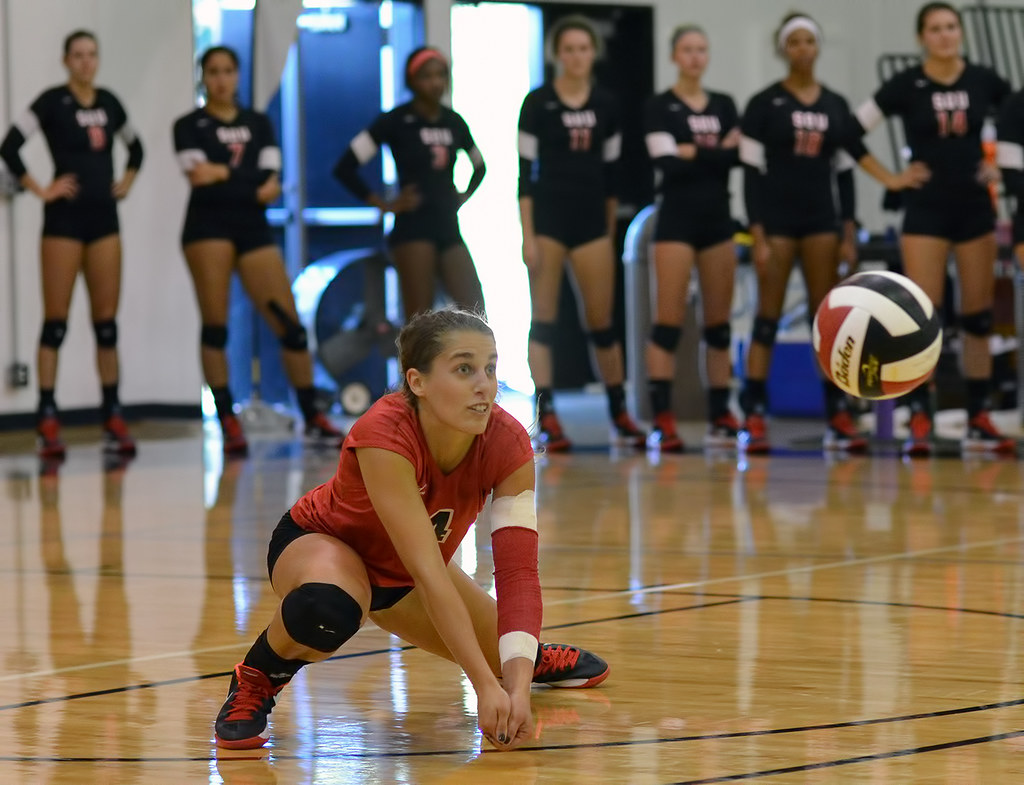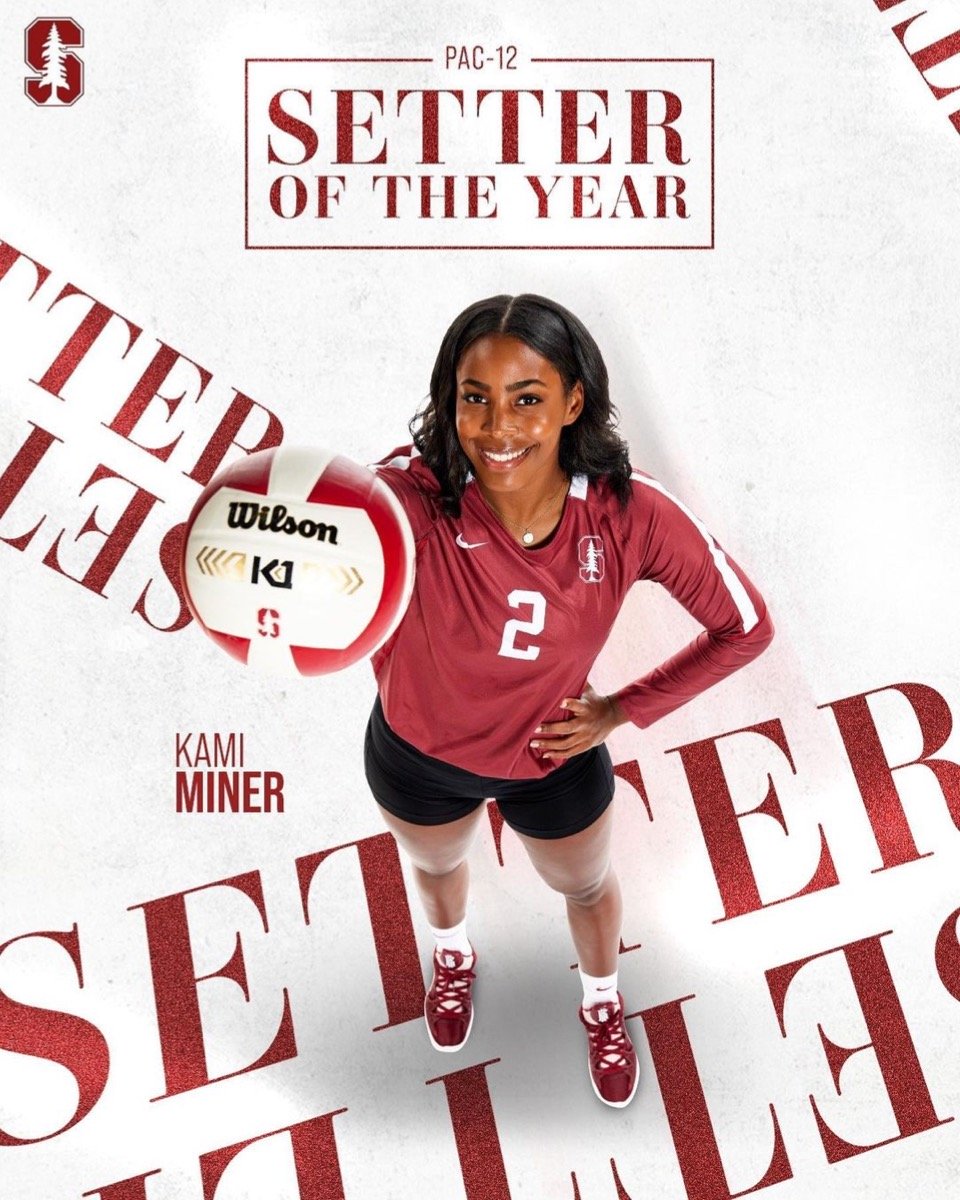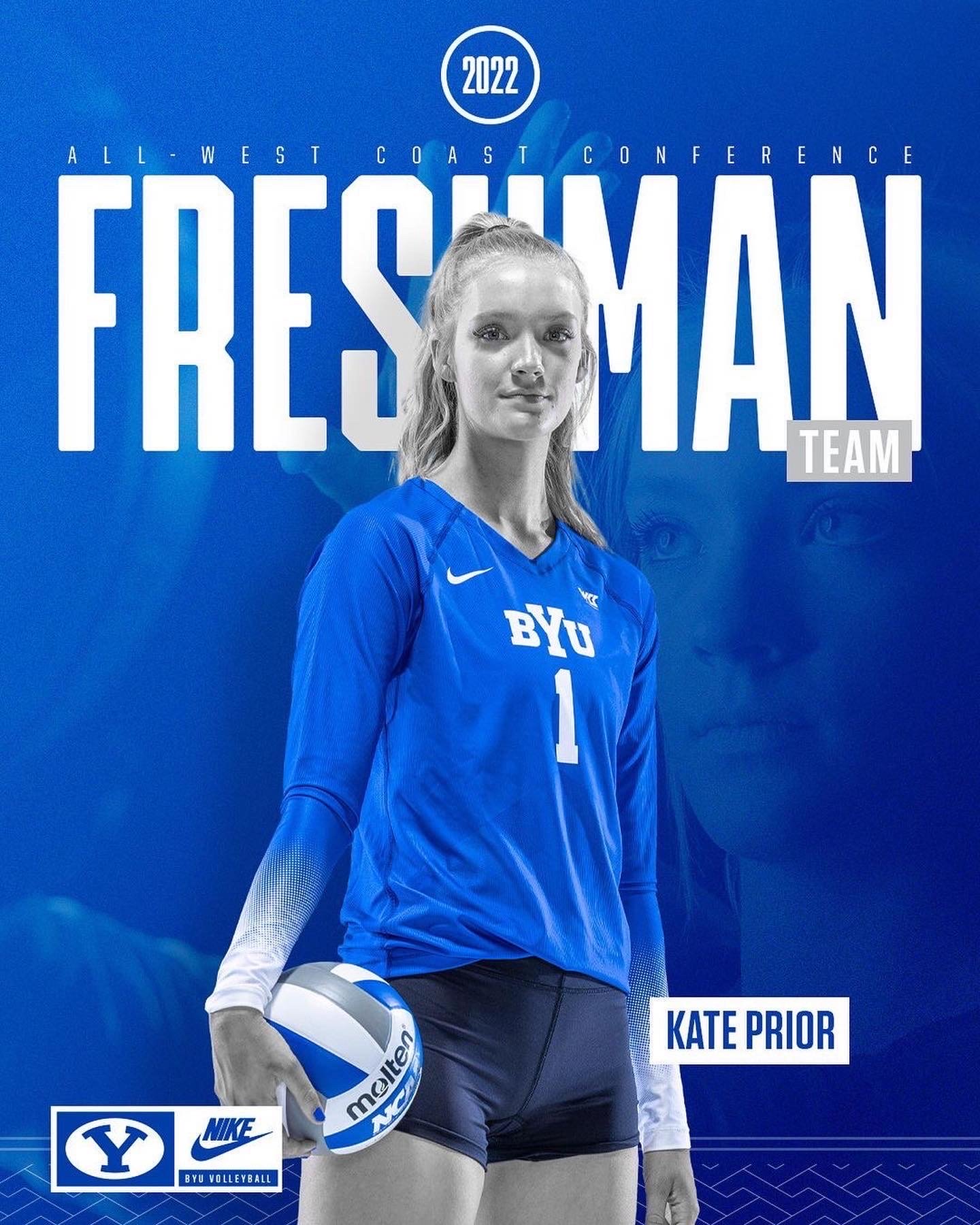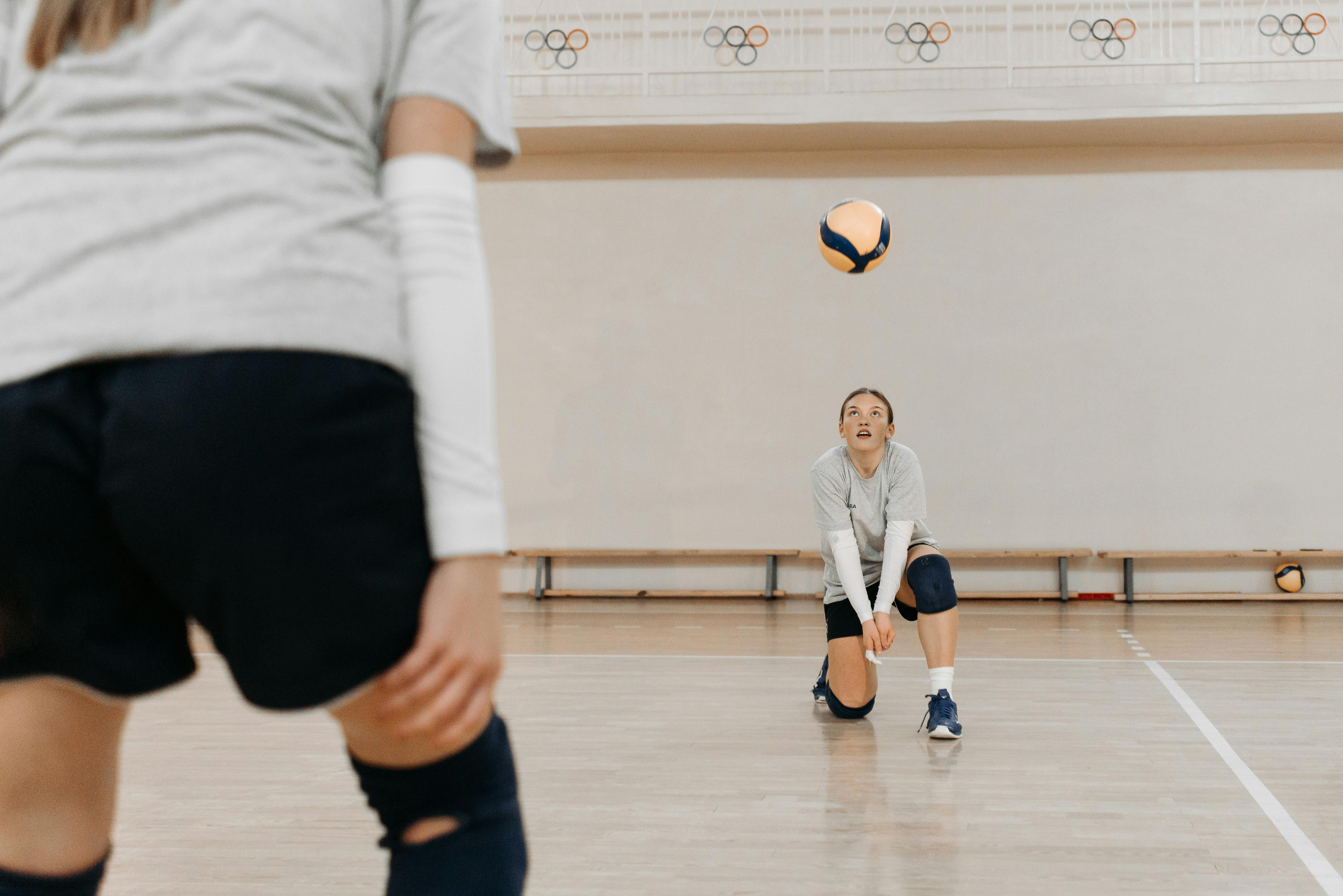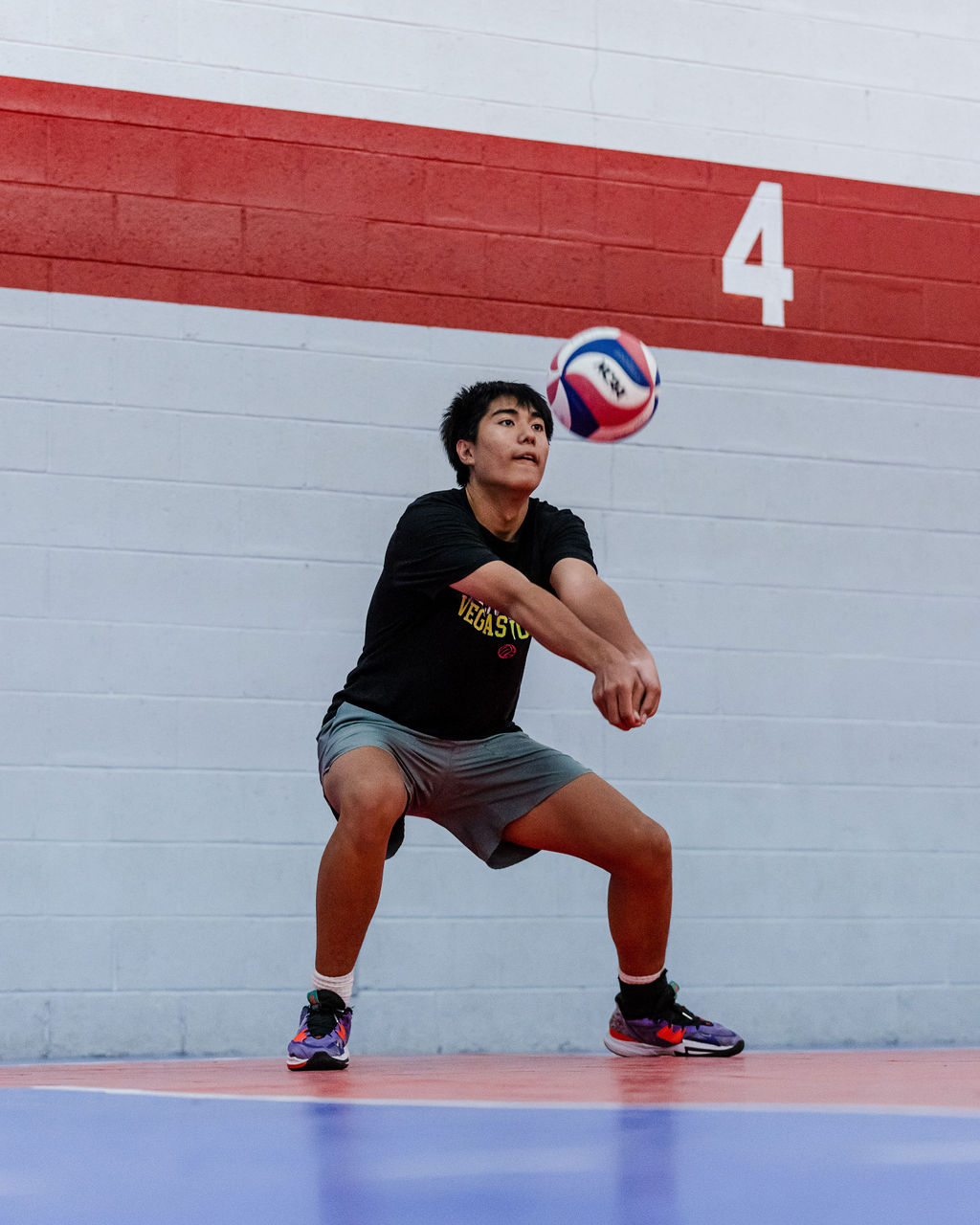- Improve Your Volleyball with Coach April
- Volleyball Drills for Digging
- 4 Digging Volleyball Drills
 Dear Volleyball Mom,
Do You Know What Sets My Private Volleyball Training Apart From Anyone In Vegas?
I invite You to read what my private volleyball training mission says before considering hiring me as a private volleyball coach because I'm not available for everyone.
Dear Volleyball Mom,
Do You Know What Sets My Private Volleyball Training Apart From Anyone In Vegas?
I invite You to read what my private volleyball training mission says before considering hiring me as a private volleyball coach because I'm not available for everyone.Improve Your Digging Skills With These 4 Digging Volleyball Drills
Want to know how to improve your digging skills successfully this season? Start with these 4 digging volleyball drills that'll prep you for your club season.
I like to regularly do digging volleyball drills every week in my clinics, semiprivate and private training sessions as all position training drills which I do because this practice supports a huge part of what my coaching philosophy is about.
I firmly believe that my tall middle blockers and outside hitters need to be as good in the back court as they are in the front court.
Ask the tall guy or girl on a middle or high school team and 9 times out of 10 they'll say their coach only sees their height and they're automatically put in the middle and hardly ever get to do anything in the back row. I hear about it all the time with my clients.
Same for a libero middle or high school player who may be a really talented hitter but rarely gets put in games to hit or even block.
I believe that middle and high school is the time to learn and become good at all the positions regardless of height.
Period.
If you're a good coach who knows the game you can teach tall players to pass, serve and play defense and you can teach smaller players to hit point scoring hard hits and smart shots and to time their block so they touch or even stop a lot of balls at the net.
Now, if you're that "coach" who'd rather harvest players and just recruit/ask/find/discover the players you think you need that already fit the mold of what you want your team to look like...then you'll probably always have tall players in front..and when they rotate to the backrow put your smaller players in the back.
I like to teach players the whole game and not parts of it so they can walk onto any court and be good at all six skills.
Which means that I always include defensive themed (okay that's a funny phrase) digging volleyball drills in pretty much every session so my setters, middles and pin hitters get a ton of quality defensive touches and reps.
Totally doable if you're a focused, disciplined player intent on doing more work in practice and less talking ...and especially if you have a coach who shares and embraces your goals of improving your skills quickly.
Digging Volleyball Drills Like The Three Hits And A Tip Drill Work On Digging Precision, Early Platform Angles And Running Down Balls
This is for libero volleyball training but I love to add one or two of my outside hitters in it so they get comfortable playing the left back position in case they need to later on.
I like to place my guy assistants at the net so Vegas players who train with me get used to building courage and confidence digging bigger, taller stronger players with heavy hitting hands.
That's who they'll play against when they keep advancing to the next level so getting used to that in practice is where it starts.
How do we do the three hit one tip digging volleyball drills?
Three hitters in left middle and right front with a line of diggers one in left back and two waiting on deck.
Diggers stay left back and dig three in a row ..working on delivering a playable ball 20 feet in the air and near the ten foot line.
(Watch Adlai, Kenny and Alex as hitters attacking in a rhythm to the working digging group of three who then look to get a tossed ball from me that they have to run down.)
It takes a lot of practice reps to be able to defend a ball back up from the back row to the front row.
That's a huge focus on why I do these drills in each practice.
Digging Volleyball Drills Like The Cross Court Digging Partner Drill Work On Narrowing Your Focus On The Ball
So a lot of the partner warmup digging volleyball drills are usually done with one person on or near the ten foot line and one person right in front of them near the endline.
I love to mix things up and have the partners do their warmup passing, setting and warmup digging volleyball drills in groups of four facing a cross court partner.
This forces pepper partners to narrow their focus on reading the ball early and accurately in the middle of a lot of activity going on around them that could pull their focus from the ball.
I find that inserting some organized chaos in some drills helps players increase their levels of concentration and focus on the things that really matter.
Digging Volleyball Drills Like The Coach On One Continuous Digging Drill Works On Digging A Hard Hit Repeatedly To The Target
Kenny (hitting) directs ball after ball to izzy who's working on what angle to present her platform arms
and Adlai (digging) work on the very advanced version of the hitting and digging drills we do in Breakfast Club.
I like this coach on one digging drill because it gives you, the digger, multiple chances to correct your angled platform, so if you don't get the first dig to the target you can adjust your platform quickly and try again on the next hit.
I use to do this drill ALOT when I played in high school and in college and I'd challenge myself to get more and more playable balls to the target before I could stop doing the drill.
That's the mindset I want my players to have. For the first time if I only do three in a row then the next time I do four and then the next time I do five, etc. Each one done with the correct technique and with lots of ball control. if it doesn't get to the target then it doesn't count.
Remember there are two ways to do this drill.
Your coach can have you dig the ball back to them or they can have you dig the ball back to the setter's spot which builds up muscle memory so this becomes an automatic move when you're digging in a game.
Digging Volleyball Drills Like The Messy Pepper Digging Drill Works On Digging Fast Paced Balls That You Have To React To Quickly
Once or twice a month I like to have my players do messy pepper drills. What I mean is players can use one arm, one elbow, left or non primary hand, palm of hand, chicken wing and other body parts to get the ball to your target.
In this "be ready for anything" drill players are permitted to push lift or tip a ball anyway they want and their partner has to get it back to them.
Benefits & Results
My digging volleyball drills are designed to improve a wide array of skills necessary for successful digging.
Here's a breakdown of the benefits and improvements you can expect from each drill:
What're the Benefits of the Three Hits And A Tip Drill?
I believe this drill enhances digging precision and early platform angles while improving a player's agility to run down balls.
In my private trainings with clients I talk to them about how many steps it takes to cover half the court and this is a great drill to work on and reinforce that.
One of my previous students, Sydney, after consistent practice, managed to more accurately read the ball and to predict the trajectory of incoming balls, which helped to significantly improve her individually defense.
What're the Benefits of the
Cross Court Digging Partner Drill
For me this drill trains players to focus and concentrate on the ball in the middle of chaos and the frenzied play that happens during a rally, a necessary trait during bustling matches.
A great example of the effectiveness of this drill is demonstrated by one of my players, Cassidy.
Watch as Cassady runs down this ball in our Breakfast Club team practice.
This is an amazing defensive play which I attribute to her continuous reps done during our cross court partner digging drill.
After incorporating this drill into her regular practice, she was able to anticipate hit directions better even during the most chaotic phases of her matches.
When you do this in the drill your ability to read, run down and react to balls is improved.
What're The Benefits of the Coach On One Continuous Digging Drill?
One of my clients, Sisi a middle blocker, wanted to improve her backcourt skills since that wasn't what she was doing alot of in club and high school.
At first, she struggled initially with controlling her digs but after using this drill, she now digs with much better control, and it shows in the improvement in her game performances.
Sisi a middle blocker wanted to increase her backrow digging skills so we did Coach on one drills to get a lot of digging reps in to improve her dig touches, dig reactions and digging consistency.
Messy Pepper Digging Drill:
I like this drill because it develops quick reactions to "crazy unpredictable balls" or unpredictable hits that you need to react to quickly.
One success story from this drill is Carmela, who used to be hesitant during fast-paced matches.
After weeks of diligent practice with this drill, Carm was now not only comfortable but also was in control of her body parts which helped her immensely control the ball to the target in high-speed rallies, efficiently handling unpredictable hits.
By integrating these drills into your volleyball practice routine, you'll be able to see growth in your abilities over time just like the players above did.
Becoming a stronger digger requires a combination of different skills and these drills are designed to work on each of those aspects.
Remember, the key to improvement is consistent practice and diligence!
5 Key Takeaways To
Improve Your Digging Skills With These 4 Digging Volleyball Drills
1. Blocking and digging:
These are the two primary elements of volleyball defense, blocking and digging. Blockers, are the first line of defense to prevent the ball from entering their court while diggers, the second line of defense, cover the areas blockers don't while working to keep the ball off the floor.
2. Blockers and diggers work in tandem:
Blockers station themselves in specific areas at the net. Diggers adjust their positions based on the blockers' locations.
Direct communication between blockers and diggers is vital for covering open spaces on the court. It makes the defense stronger and more synchronized.
4. The importance of consistent blocking:
Keeping a consistent block helps the backcourt players set up effective defense around the block.
They can trust their blockers and position themselves appropriately based on the blocker's actions.
5. Continued learning and practice:
As players progress, more advanced volleyball defense strategies such as rotational defense, perimeter defense, man up defense, and man-back defense can be adopted.
Remember, a good defense often translates to a good offense. So, keep honing your defensive skills and strategies for better game performance.
Do You Follow Me on Pinterest?
Follow me on Pinterest Volleybragswag to improve your game even faster!
I share alot of individual, partner and easy-to-do volleyball serving drills we do in class with my followers.
Many of these volleyball practice drills you can do at home by yourself or try at your next practice with your teammates.
If you're a B team or JV player trying to make varsity next year...your goal should be to complete 1000 reps a day of at least three of the basic skills on your own...volleyball passing, serving and setting should be at the top of the list.
SUSCRIBE
To My Email Newsletter Below!
From Lady Vol to Legend: Coach April Produces Powerful Passionate Players...is that you?
Congratulations to my seven Boys-18s Vegas Volley club players who played in two state championship finals yesterday, the 3A and 5A State champinship finals at Sunrise Mountain High School.
TOURNAMENT CHAMPIONS!
A-1 Vegas Volley VBC
In It To Win It Tournament
May 2 - 4, 2025 Tournament
Gold Medalists
18s Premier Division
 Making A-1 Vegas Volleyball history as the very first TOURNAMENT CHAMPIONS! In the In It To Win It Tournament,
May 2-4, 2025 Tournament,
A-1 Vegas Volleyball Club
Gold Medalists, 18s Premier Division
Making A-1 Vegas Volleyball history as the very first TOURNAMENT CHAMPIONS! In the In It To Win It Tournament,
May 2-4, 2025 Tournament,
A-1 Vegas Volleyball Club
Gold Medalists, 18s Premier DivisionWhat Are You Looking For?

Hi there!
Thanks for stopping by. Hope you learned something today that will help you reach your volleyball goals.
Be sure to subscribe to my email newsletter so you can learn more each week!
Stay strong! Stay motivated!
-Coach April

SUSCRIBE
to my email newsletter below!
Vegas Volleyball's Unsung Heroes: Celebrating Moms with Peace Love Volleyball Shirts
Ready to energize your volleyball mom journey?
Subscribe to my 'Producing Powerful Passionate Peaceful Players' email list above on ImproveYourVolley.com.
You'll receive energy-boosting tips, exclusive insights from me, Coach April Chapple on maintaining momentum in volleyball.
Let's power up the Vegas volleyball scene together!
Recent Articles
-
How To Improve Serve Receive and Get More Playing Time in Volleyball
Jul 06, 25 02:27 AM
Learn the proven 3-step system I use to help club and high school volleyball players become consistent passers and get noticed by college coaches. -
Improve Your Volleyball Forearm Pass With My Five Ball Control Tips
Jul 05, 25 08:38 PM
Learn about these five volleyball forearm pass tips that will help you get the ball to your setter consistently while your team is on serve receive in a rally. -
What Sets My Private Volleyball Training Apart From Anyone In Vegas?
Jul 05, 25 07:50 PM
You should learn what my private volleyball training mission says before you hiring to me as a private volleyball coach because I'm not available for everyone..
